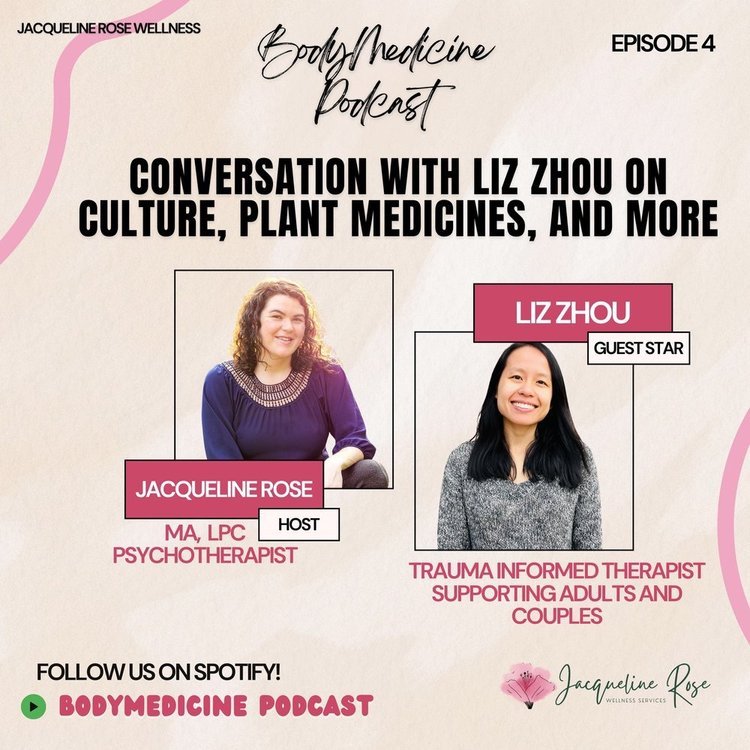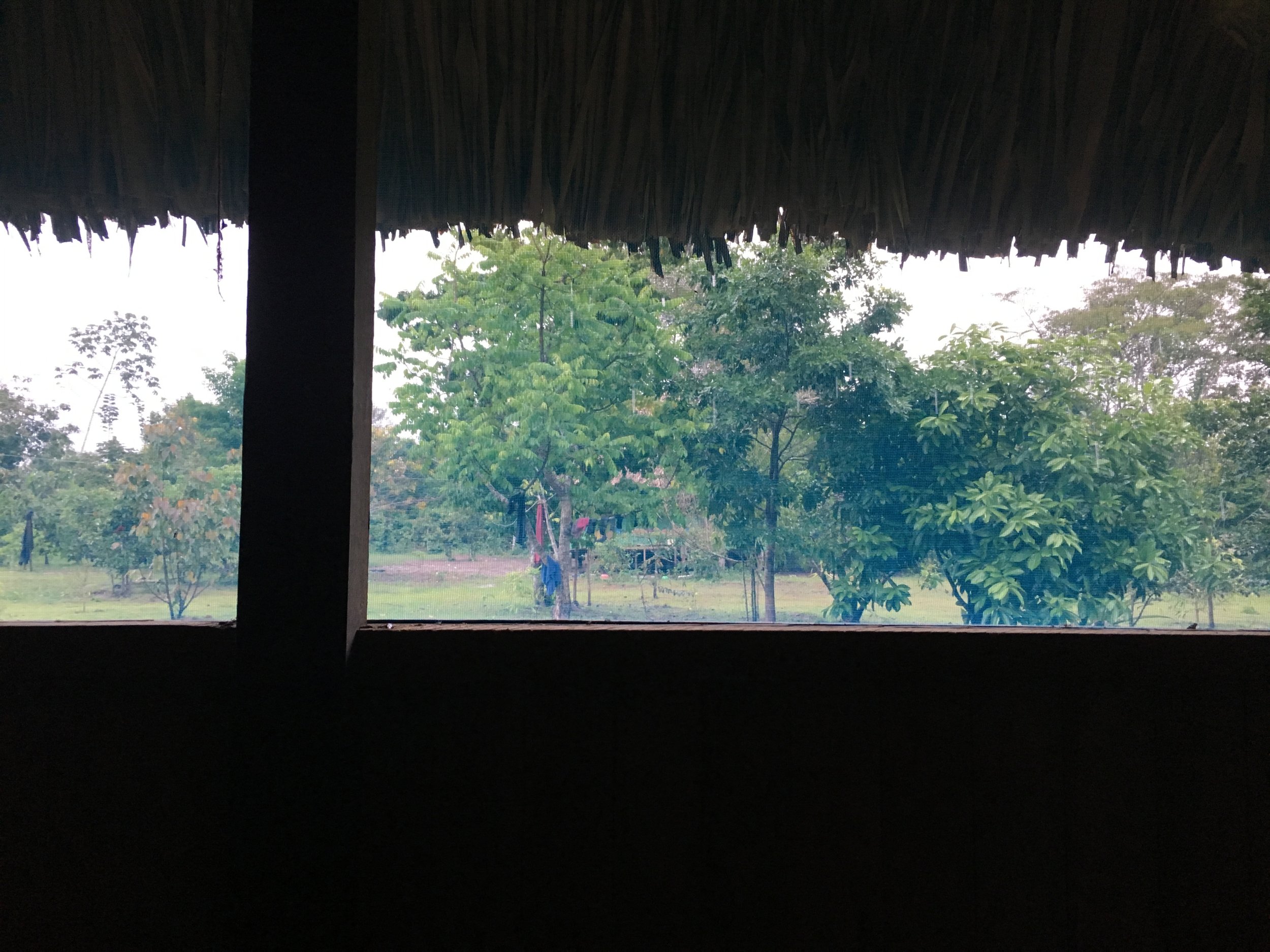How to Choose an Ayahuasca Retreat Center | A Psychedelic Therapist’s Perspective
An ayahuasca retreat is a potent opportunity for healing, and choosing the right setting is key. Learn what to look for in a plant medicine retreat center — including sustainable practices, skilled facilitators, location, la dieta, accommodations, and safety factors.
What is ayahuasca?
Ayahuasca is a sacred plant medicine brewed from a specific vine and leaves, used by indigenous tribes in the Amazon Jungle. For millennia, shamans have facilitated ayahuasca ceremonies to bring about healing, spiritual insights, and connection to the natural world.
In recent decades, retreat centers have emerged across South America (and beyond), offering this powerful plant medicine to people from outside the Amazon. Given the potency of the ayahuasca medicine, it’s important to choose the right retreat center for you.
To ensure a safe and meaningful retreat experience, here are 8 factors to consider.
#1: Reciprocity + Sustainability
A responsible retreat center must prioritize reciprocity and sustainability. They should demonstrate sustainable practices throughout the preparation of the ayahuasca medicine, minimizing environmental impact.
Look for centers that source their plants responsibly and that show a commitment to the Amazon jungle itself, potentially through partnerships with local conservation efforts.
A right relationship with the indigenous community is key.
Does the center work with experienced shamans who are fairly compensated for their time, energy, and knowledge? Does it contribute to the well-being of the local people?
Regardless of who runs it (Indigenous people, Westerners, or a combination), a responsible retreat center should exist in harmony with the surrounding ecosystem, communities, and culture – adding value and giving back, rather than extracting from the people and the land.
#2: Shamans + Facilitators
Unlike therapists and psychiatrists you might encounter in Western mental health settings, ayahuasca ceremonies involve different roles. Here are the key figures you’ll encounter:
Shamans, typically Indigenous practitioners, hold a wealth of knowledge passed down through generations and through the plants themselves. They guide the ayahuasca ceremonies, using icaros (songs) to promote healing on physical, spiritual, and emotional levels.
Facilitators, often Westerners, act as a bridge between participants and the shamans. They may translate conversations, prepare and clean the ceremony space, and lead integration circles to help you process your experiences. Essentially, facilitators ensure everything runs smoothly from pre-retreat preparation to post-retreat support.
When choosing a center, explore their approach to plant medicine work. Ask about the shamans’ experience and the facilitators’ qualifications. If you have a specific goal in mind, like addressing depression, addiction, or a chronic illness, inquire about the center’s experience in supporting similar cases.
Ideally, the center should offer preparation guidance before your retreat and integration support afterwards, or connect you with appropriate resources (books, communities, integration circles, integration coaches or therapists).
#3: Location
As ayahuasca ceremonies traditionally take place in the Amazon rainforest, your retreat will likely involve international travel, which can be a meaningful part of the experience itself.
Common destinations include Peru, Ecuador, Colombia, and Brazil. Within Peru, the towns of Iquitos and Pucallpa are entry points leading deeper into the Amazon and the heart of Shipibo shamanism.
Floating through the Amazon River in Peru. Photo taken by author Liz Zhou, who worked as a Shipibo shaman’s translator and ceremony facilitator in the Peruvian Amazon.
Farther north, Costa Rica and Mexico are popular destinations for plant medicine ceremonies.
Ayahuasca retreats are also available within the U.S. (and beyond), though legality and regulations vary by location. These experiences may not involve traditional shamans or the immersive jungle environment.
Carefully consider your priorities – cultural authenticity, connection to the Amazon, or simply accessibility – when choosing your retreat location.
#4: Time of Year
The Amazon rainforest experiences distinct rainy and dry seasons, impacting both your experience and travel logistics.The dry season (May to October) offers clearer skies and easier navigation through the jungle. However, it also coincides with peak tourist season, meaning potentially higher costs for flights and accommodations.
Conversely, the rainy season (November to April) involves lush greenery and fewer crowds, but travel might be more challenging due to muddy conditions.
Regardless of season, plan to block off additional days before and after your actual retreat.
Factor in travel time, pre-retreat dietary restrictions, and post-ceremony recovery. You might experience jet lag, depending on your origin.
#5: Length of Retreat
Retreat lengths vary widely, ranging from a few days to multi-week immersive programs. Consider your personal goals, desired level of commitment, and time constraints when choosing the retreat duration that best suits you.
Remember, an ayahuasca journey extends beyond the ceremony itself. Allow ample time for integration upon returning home to process your experiences and “land” back into daily life.
#6: Safety Factors
To ensure a safe experience for all, reputable ayahuasca retreat centers require participants to undergo a thorough medical screening. This screening typically involves a questionnaire and may require additional medical information to assess your suitability for the medicine.
Certain pre-existing health conditions or medications can pose risks when combined with ayahuasca. Be transparent about your health history during the screening process. Responsible centers will deny participation to anyone with contraindications and will have experienced medical professionals available in case of emergencies.
#7: Food + Accommodations
Many ayahuasca traditions emphasize a specific pre- and post-ceremony diet, often referred to as “la dieta.” There may be restrictions on salt, red meat, alcohol, spicy foods, and sugar. The exact requirements vary by tradition and retreat center, but the underlying purpose is to prepare your body, mind, and spirit for the medicine experience.
Be sure to inquire about the specific dietary guidelines of your chosen retreat, especially if you have any pre-existing dietary needs or preferences.
As for accommodations, retreat centers offer a range of options, from rustic huts with basic amenities to more luxurious accommodations with modern conveniences. Consider your personal comfort level, sensory needs, and budget when making your decision.
#8: Size of Retreat Group
Ceremonies can range from intimate gatherings of just a few participants to larger groups exceeding 20 people. Some retreat centers offer specialized experiences for specific populations – women, veterans, helping professionals, and more.
Consider your preferences for intimacy, personal space, and group dynamics. Highly sensitive individuals might find larger groups overwhelming.
In summary, these are 8 factors to consider when planning your ayahuasca retreat experience.
Reciprocity + Sustainability
Shamans + Facilitators
Location
Time of Year
Length of Retreat
Safety Factors
Food + Accommodations
Size of Retreat Group
Looking for a therapist who understands the complexities of preparing for and processing an ayahuasca experience?
SCHEDULE A FREE CONSULTATION TO WORK WITH ME
{FOR COLORADO RESIDENTS}
Therapy services are available virtually, for adults & couples in Colorado.
About the Author
Liz Zhou is holistic trauma therapist providing virtual therapy services in Colorado. She helps highly sensitive, neurodivergent adults and couples heal from the past and connect with their authentic selves. Liz’s specialties include EMDR, IFS, psychedelic integration, and therapy intensives.






